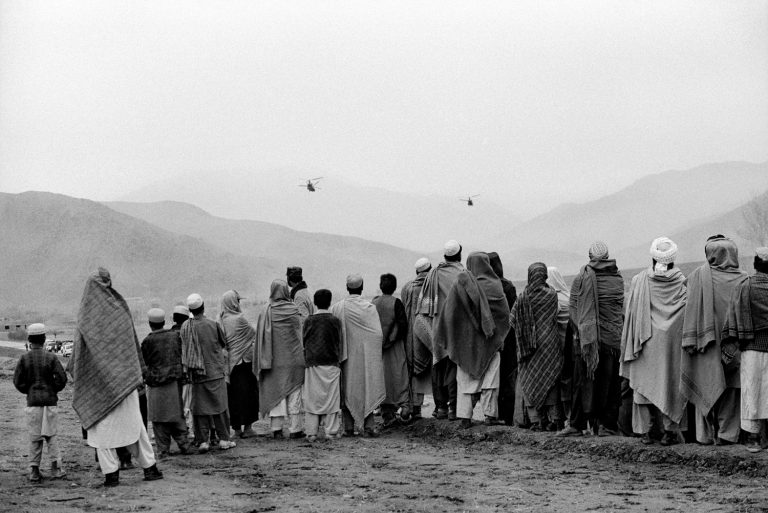On 7 October 2001 the United States and its allies launched “Operation Enduring Freedom” with air strikes against Taliban forces in Afghanistan. As part of the Bush administration’s “war on terror” retaliating against those responsible for the 11 September 2001 terrorist attacks on New York and Washington, this military action began what would become America’s longest ever military engagement.
US forces and NATO troops remained in Afghanistan even after the 2014 handover of security responsibility to Afghan national forces. Now, after the deaths of 47,000 Afghan civilians, 66,000 Afghan police and soldiers, 2,400 US military personnel, 1,100 allied forces – and the expenditure of more than $2 trillion – the Taliban has retaken Afghanistan.
The collapse of the Afghan government and its military, and the the chaotic withdrawal of western personnel from Afghanistan, was triggered by the Biden administration’s policy of getting all US forces out of Afghanistan by 9 September 2021 (a deadline that was four months later than agreed in the Trump administration’s February 2021 peace deal with the Taliban). The triumph of Taliban forces committed to establishing the Islamic Emirate of Afghanistan imperils the human rights of many in the Afghan population whose life had improved somewhat in the last twenty years.
VII Agency was founded a few days before the terrorist attacks of 11 September 2001, and the first assignment was photographing the aftermath of those attacks, in both the US and Afghanistan. In the last twenty years many VII photographers have reported extensively on the war in Afghanistan, building on work they did in the 1980s and 1990s prior to American involvement. This special event will offer a retrospective of VII’s coverage, with contributions from the late Alexandra Boulat, Ron Haviv, Christopher Morris, Seamus Murphy, and Daniel Schwartz. The discussion will probe the question of how photojournalism visualised the country and the conflict in Afghanistan, and how the work of the VII photographers contributed, for better or worse, to the visual reporting from Afghanistan.
This event was recorded and you can watch the video here
